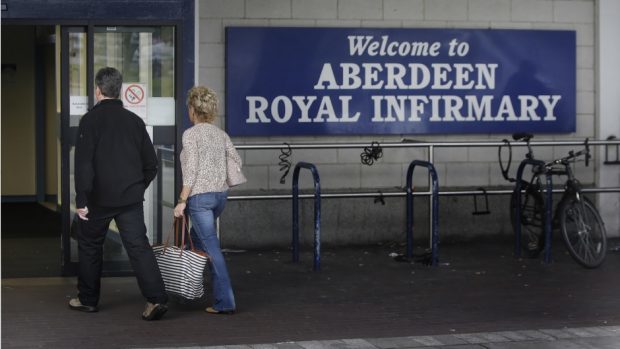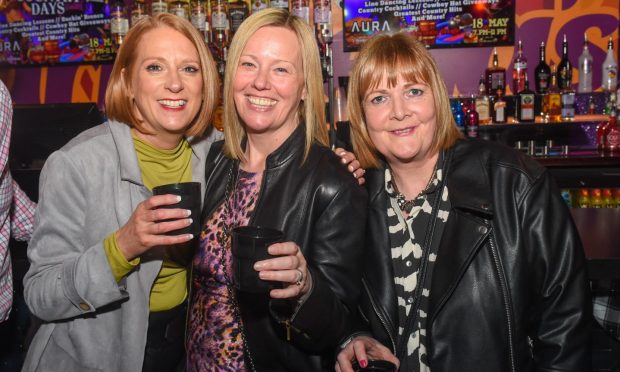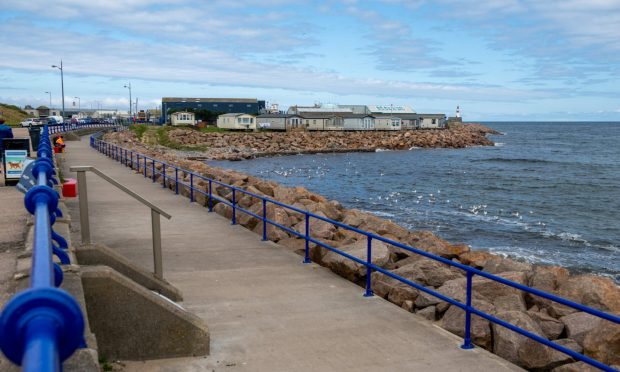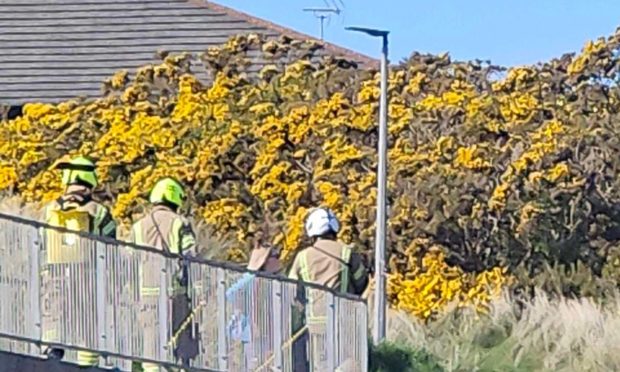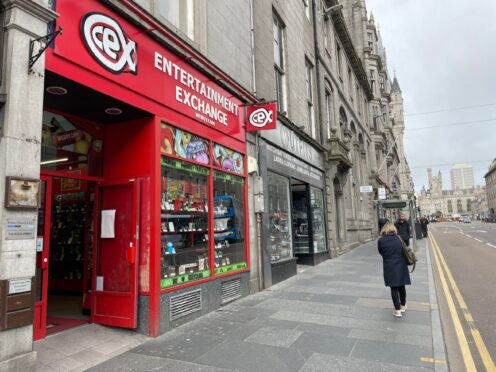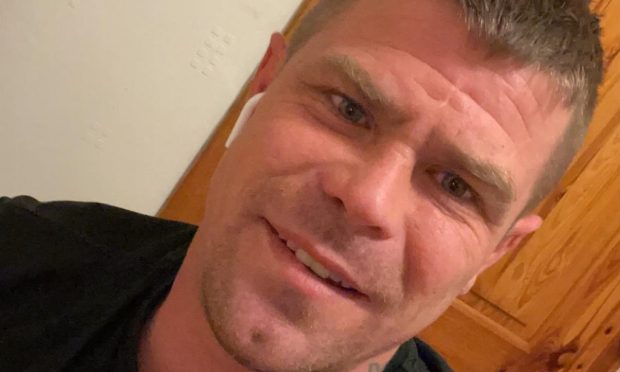A successful pilot scheme which cut stroke patients’ hospital stays in half is being rolled out across the north-east’s flagship hospital.
The NHS Grampian initiative employs occupational therapists to work with patients meaning they can recuperate at home sooner and beds are freed up more quickly.
The project has proven so successful that the most recent figures available revealed that patient stays at Aberdeen Royal Infirmary have gone from 59 days to 27.
Now the health board has decided to roll out the scheme across all the services currently offered at ARI.
Therese Lebedis, consultant occupational therapist in stroke at the board, said: “By taking a multi-disciplinary approach we are able to help patients return to living their lives again and back into their own homes sooner than they would be otherwise. This is good for patients and is relieving pressure on Aberdeen Royal Infirmary.”
The move has been supported by the Royal College of Occupational Therapists, which has advocated for increased involvement of its members across the country’s health service.
Last year, the organisation published a landmark report, urging health bosses to utilise therapists in primary care services, as well as bring them into accident and emergency teams.
The report, Reducing Pressure on Hospitals in Scotland, also called for therapists to be brought into hospital admission and discharge teams in order to get patients who are able to recover at home back there as soon as possible.
The college highlighted Grampian as an example to all other health boards of how this model could work in their hospitals.
Alison Keir, the college’s Scotland policy officer, said: “We set out last year to make the case for our profession and inspire health services around the country to deploy occupational therapists innovatively to meet their significant health and care challenges, particularly to reduce unnecessary admissions and late discharge.
“It is fantastic to see the positive impact that our occupational therapy colleagues are having on NHS Grampian’s stroke rehabilitation service – helping to get patients back in the community as soon as possible with the support they need.”
